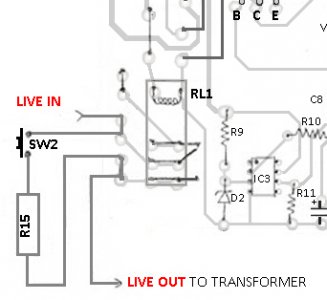I am an amateur radio operator and own a 30 watt switching amplifier, which I paid a lot more than $35.00 for, but that is really not my point. SWPS are very noisy RF sources, interfering with everything. You can do a lot to quiet them down, toroid suppressors on every wire going in and out of the SWPS, but never totally get rid of the interfering noise, especially when you are trying to hear that weak one. The SWPS technology will get better with time, but it is not there yet. I am going back to an analog power supply. I ran an analog PS for better than 20 years, before it gave up the ghost. Replacement parts not available, ICs unidentifiable (Chinese). I replaced it with my present day SWPS. I am in the process of ordering parts for this analog PS design. It looks good on paper. I enjoy building and I have not seen a high current analog PS for sale, but then again I really haven't done much searching.
73 all,
Charlie, N2PKW





